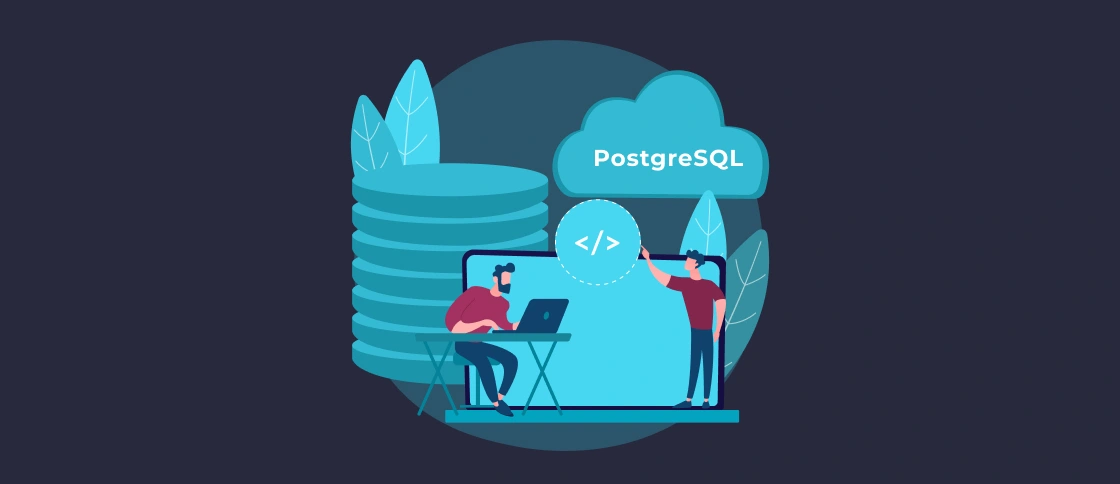Oracle, SQL Server, and other databases have their strengths. For example, Oracle is optimized for heavy enterprise workloads and has proven stability and support. And SQL Server is tightly bundled with Windows Server. However, these databases force a business into their ecosystem and come at a very high price.
The shift to the PostgreSQL database is not just hype. It is driven by cost, flexibility, and modern features that other databases don’t have. It’s been the DBMS of the Year 5 times since 2017, beating MongoDB, Redis, and Oracle. Many companies are moving towards it for multiple reasons. Let’s break them down:
#1 Open-Source (No License)
PostgreSQL uses the liberal PostgreSQL License, which is very permissive and forever free. Databases like MongoDB or Elasticsearch change their licenses and add restrictions. But PostgreSQL stays truly open. No surprises.
It lets you do almost anything: use it, change it, integrate it with your product, even sell it. You can use it for any purpose, whether it is personal, commercial, or proprietary. And you don’t need to ask anyone or pay any fees. You don’t need to open your code or share changes if you don’t want to. No strings attached.
#2 Modern Features
PostgreSQL comes with a set of modern features that make it a solid choice for real-world systems. It handles JSONB, which is a fast, flexible way to store and search semi-structured data. You can index it, filter it, and run complex queries right in the database.
PostgreSQL goes beyond the basic B-tree. It offers GIN, GiST, BRIN, SP-GiST, and even Bloom filters. The right index can speed up your queries dramatically.
And finally, there are extensions. If you need maps or geodata, you can use PostGIS. If you work with time-series data, TimescaleDB can help you. Try Apache AGE to build a graph-based app. You can install most extensions in one command and start using them right away.
#3 Runs Anywhere: Cloud and On-Premise
PostgreSQL thrives in any environment, from public cloud to native cloud, from hybrid and on-premise to even Kubernetes-native.
Сloud support is no problem. AWS and Azure offer fully managed PostgreSQL. If you want something more modern, there are cloud-native options like Neon for serverless workloads, Supabase as a Firebase alternative, and Crunchy Bridge for enterprise-grade hosting.
You can seamlessly deploy PostgreSQL across data centers. It adapts without lock-in.
#4 Popular, Proven, and Actively Evolving
PostgreSQL is backed by over 30 years of development and a global community. It was used by major companies like Apple, Spotify, NASA and startups for important workloads. This shows a battle test.
Furthermore, the database has over 500 extensions that let you add geospatial or AI capabilities. And you don’t need to switch databases – all within one.
PostgreSQL keeps getting better with regular releases, with new features like columnar storage, logical replication, and GPU acceleration.
Real-World Example: Accounting System for an Investment Company
One of our finance-sector clients, an investment company, had a legacy accounting system running on Oracle with a Delphi 7 frontend. The goal was a 1-to-1 migration, meaning every database object was transferred as-is. This included over 600 tables, 250 views, more than 1800 triggers, and 600 stored procedures. While much of the database structures were moved automatically, stored procedures needed manual work.
To handle the data migration, we built a custom tool to safely migrate all the live data in blocks. This process ensured that the system could continue to operate with minimal disruption while also preserving data integrity.
With a large number of objects to migrate, automation played a key role, but manual effort was still required for the stored procedures. The creation of a dedicated data transfer application ensured a smooth transition without compromising the data quality.
The client reported 15% faster reporting due to PostgreSQL’s better optimizer. Due to the elimination of Oracle licensing, migration helps save over $100K a month, meaning that the cost of migration will be justified within 3-6 months.






